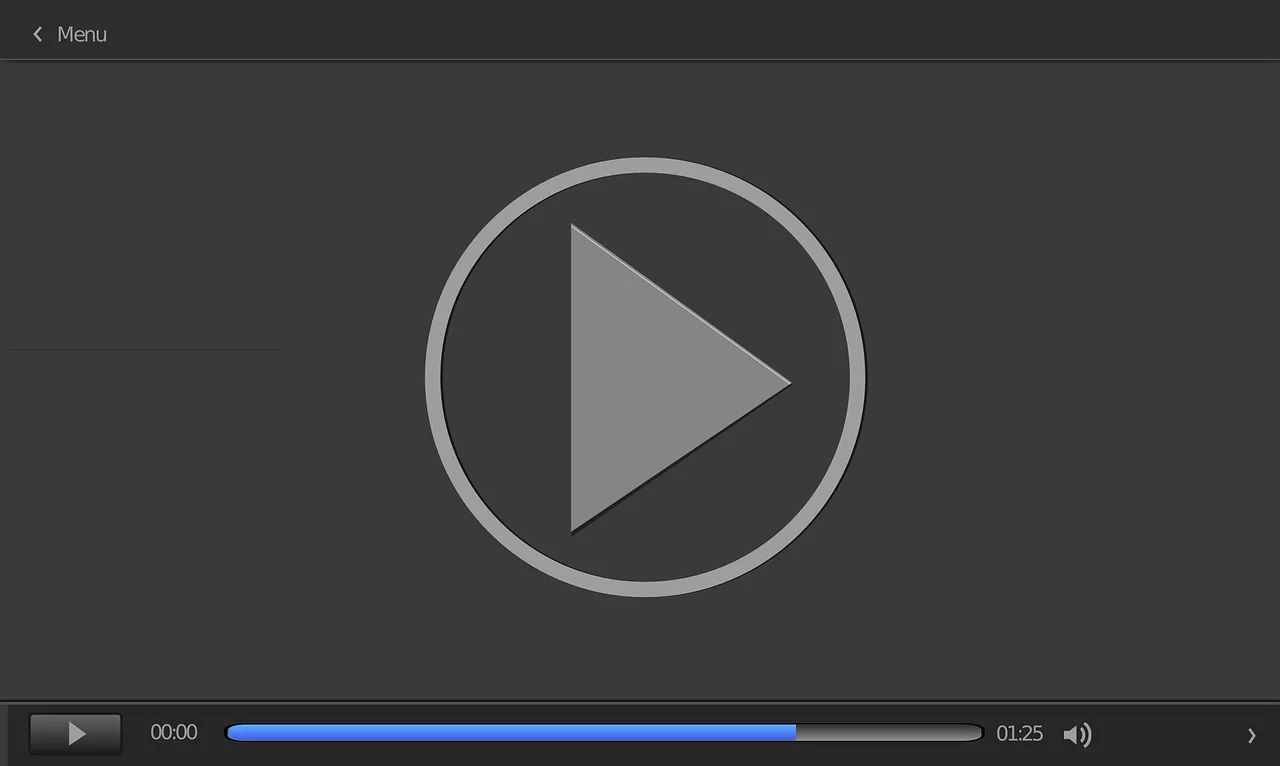Refinancing your home can be a smart financial move, offering opportunities to lower your mortgage rate, reduce monthly payments, or tap into your home’s equity. This guide will explore the benefits, process, and considerations involved in home refinancing, helping you make an informed decision.
Understanding Home Refinance
Home refinance involves replacing your existing mortgage with a new one, typically with better terms. This can lead to significant savings over time. Whether you want to secure a lower interest rate, change the loan term, or access home equity, refinancing offers a tailored solution to meet your financial goals.
Benefits of Home Refinance
Lower Interest Rates
One of the primary reasons homeowners refinance is to secure a lower interest rate. A reduced rate can lower monthly mortgage payments and save thousands over the life of the loan. Monitoring market trends and timing your refinance when rates are low can maximize these savings.
Reducing Monthly Payments
Refinancing can also help reduce your monthly mortgage payments. By extending the loan term or lowering the interest rate, you can achieve more manageable payments. This extra cash flow can be used for other financial goals or to improve your quality of life.
Accessing Home Equity
Cash-out refinancing allows homeowners to access the equity built up in their homes. This option provides funds for home improvements, debt consolidation, or other significant expenses. By converting equity into cash, you can leverage your home’s value to achieve financial objectives.
Types of Home Refinance Loans
Rate-and-Term Refinance
Rate-and-term refinancing focuses on changing the interest rate or loan term. This type of refinance is ideal for those looking to lower their rate or adjust the loan duration. It does not provide additional funds but can lead to substantial savings.
Cash-Out Refinance
A cash-out refinance replaces your existing mortgage with a new one for more than you owe, providing the difference in cash. This option is suitable for homeowners needing funds for large expenses, such as renovations or debt consolidation. It leverages your home equity to access needed capital.
Streamline Refinance
Streamline refinancing is designed for homeowners with government-backed loans, such as FHA or VA loans. This option offers a simplified process with reduced documentation requirements. It’s a quick and efficient way to lower your interest rate or change the loan term.
Steps to Refinance Your Home
Assess Your Financial Situation
Before refinancing, assess your financial situation and goals. Determine why you want to refinance and what you aim to achieve. Understanding your needs will guide you in selecting the right refinance option.
Check Your Credit Score
Your credit score plays a crucial role in securing favorable refinance terms. Check your score and address any issues to improve it. A higher credit score can qualify you for lower interest rates and better loan terms.
Shop for Lenders
Compare offers from multiple lenders to find the best refinance deal. Look for competitive interest rates, favorable terms, and minimal fees. Shopping around ensures you get the most beneficial refinancing package.
Apply and Close the Loan
Once you’ve chosen a lender, complete the application process. Provide necessary documentation and information. After approval, review the loan terms carefully before closing. Ensure all details align with your financial goals.
Conclusion
Home refinance is a powerful tool for managing your mortgage and achieving financial goals. By understanding the benefits, types, and steps involved, you can make an informed decision that enhances your financial well-being. Whether you aim to lower your interest rate, reduce monthly payments, or access home equity, refinancing offers a tailored solution for homeowners.



noor_zahid667@yahoo.com